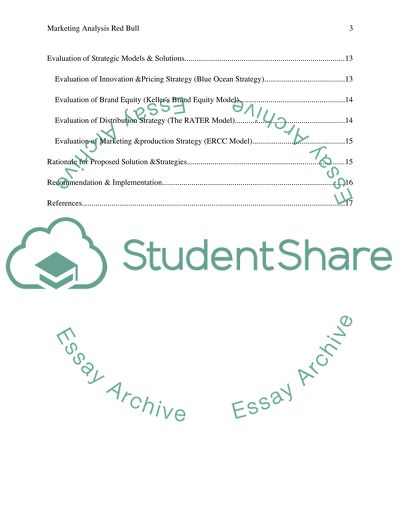Cite this document
(“Red bull Assignment Example | Topics and Well Written Essays - 4000 words”, n.d.)
Red bull Assignment Example | Topics and Well Written Essays - 4000 words. Retrieved from https://studentshare.org/marketing/1479750-red-bull
Red bull Assignment Example | Topics and Well Written Essays - 4000 words. Retrieved from https://studentshare.org/marketing/1479750-red-bull
(Red Bull Assignment Example | Topics and Well Written Essays - 4000 Words)
Red Bull Assignment Example | Topics and Well Written Essays - 4000 Words. https://studentshare.org/marketing/1479750-red-bull.
Red Bull Assignment Example | Topics and Well Written Essays - 4000 Words. https://studentshare.org/marketing/1479750-red-bull.
“Red Bull Assignment Example | Topics and Well Written Essays - 4000 Words”, n.d. https://studentshare.org/marketing/1479750-red-bull.


